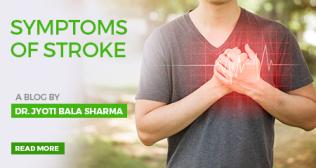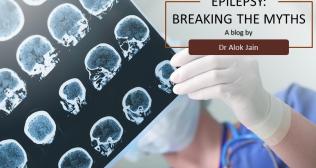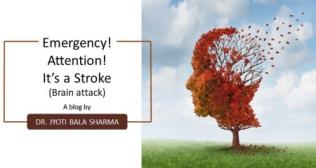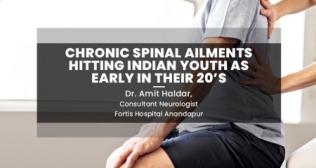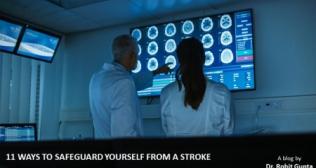
LEPROSY
Leprosy, also called Hansen's disease, is a chronic infectious disease due to the bacterium, Mycobacterium leprae. It mainly affects the skin, peripheral nerves, the upper respiratory tract membranes, and the eyes. If untreated, it can lead to deformity and disability. Once regarded as destructive, leprosy is completely curable with timely treatment.
Causes of Leprosy:-
Leprosy is caused by the bacterium Mycobacterium leprae. It grows very slowly and takes years to do its damage. It spreads upon constant close contact with an infected person especially through droplets from coughing or sneezing.
Transmission of Leprosy:-
Most leprosy cases appear to be transmitted through the respiratory tract via prolonged close contact with untreated cases. It is, however, not highly contagious, as it cannot spread through casual contact; for example: a person cannot get leprosy just by shaking hands with a patient.
Leprosy Risk Factors:-
- Several factors increase the risk of contracting leprosy:
- Prolonged close contact with untreated patients.
- Residing in areas with little accessibility to health facilities.
- Some of the individuals being genetically susceptible.
- Having a low immune system.
Symptoms of Leprosy:-
These symptoms arise over a long period; often years pass before the first sign appears after exposure.
Typical symptoms include:
Skin Symptoms
There are hypopigmented skin patches with clear reddish margins that can persist for weeks or even months.
The affected area may display no sensation whatsoever, in the senses of touch, pain, or heat.
Nodular skin lesions may develop usually seen over the face, ears, and body. There can be disfigurement of the face known as a lumpy face. Loss of hair and sweating over affected areas may occur.
Numbness or tingling sensations can be felt in the hands, feet, or other parts of the body. On examination, the usual finding is enlarged tender peripheral nerves.
Muscle weakness that is mainly noticeable in the hands and feet which may lead to
foot drop or claw hands.
Other Symptoms
Excessive dryness and foreign body sensation in eyes. Damage to the eye may lead to blindness because of corneal ulceration.
Nasal obstruction: the patient may have bleeding from the nose (sometimes related to mucosal involvement).
Painless ulcer or sore on the soles of the feet.
Treatment:-
Leprosy is a curable disease. It is treated with a combination of antibiotics known as multidrug therapy (MDT), which is offered by the World Health Organization (WHO), free of charge, to patients globally. The treatment lasts from about 6 months to 12 months, depending on the type and severity of the disease. Early diagnosis and treatment are necessary to prevent complications like nerve damage and disability.
Prevention of Leprosy:-
Leprosy can be prevented by reducing prolonged contact with untreated patients. Early detection and case management prevent transmission. In some high-risk situations, family members of patients may be put on preventive antibiotics to decrease the risk of developing leprosy. Good hygiene and avoiding overcrowding minimize the transmission.
Categories
Clear allMeet the doctor

- Neurology | Neurology
-
13 Years
-
1500










